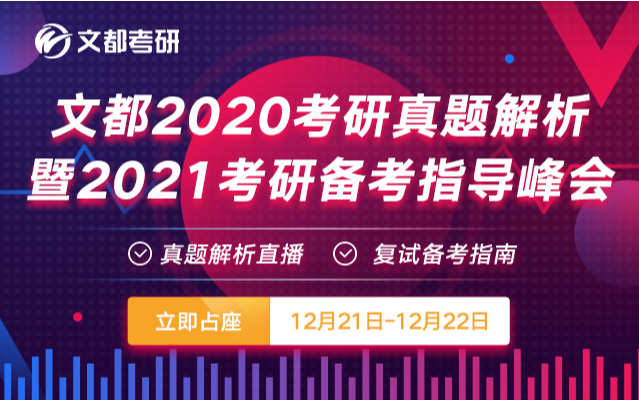The 2020 Postgraduate Entrance Examination English has just ended, and this year's English II composition is still in the right direction. I believe that students who have done exercises and preparations should not be unfamiliar with these two compositions. Today, the English teacher of Wendu Postgraduate Entrance Examination shared a model essay of the two major compositions of 2020 Postgraduate Entrance Examination English with students after the exam. If you don't know, you might as well have a look 2020 Postgraduate Entrance Examination English (II) True Composition (Mobile Reading) Reference Model Articles, if necessary Shaanxi Wendu 20 Postgraduate Entrance Examination Exchange Group , Shaanxi Wendu Postgraduate Entrance Examination Website We will continue to provide you with relevant guidance information needed for postgraduate entrance examination. 20 Sharing of postgraduate entrance examination materials:【 Interaction can be added 】Official website@ Shaanxi Wendu Postgraduate Entrance Examination 】
[Real question stem]
Directions: Write an essay based on the chart below. In your writing, you should
1) interpret the chart, and
2) give your comments
You should write about 150 words on the ANSWER SHEET. (15 points)
[Reference sample text]
The above chart provides a series of impressive data regarding how college students using their smart phones To be concrete, the percentage of studying occupies 58 percent, ranking the first one in the graph, followed by referring to materials whose proportion reaches 28 percent, with having fun and other purposes accounting for 12 percent, and 2 percent respectively.
There is no denying in saying that in recent decades, the number of college students using their smart phone to study has been steadily and continuously increasing due to the fact that the advancement of modern society’s technology. Besides, it is not hard to understand that smart phone has become a necessary part in college student’s daily life, thus attracting an increasing number of students to enjoy themselves by their phone. Furthermore, with people’s living styles changing, students prefer to develop their social life on internet and find more useful information to satisfy their academic and life’s needs.
So what will be the possible tendency of the phenomenon reflected by the chart in the future? From my perspective, this established tendency is positive and acceptable. As a result, it is unnecessary for the public to regard it with apprehension.
[Reference translation]
The chart above provides a series of impressive data, mainly about how college students use their smart phones. Specifically, learning accounts for 58%, ranking first in the figure, followed by consulting materials accounting for 28%, entertainment and other purposes accounting for 12% and 2% respectively.
It is undeniable that in recent decades, due to the progress of modern social technology, the number of college students using smart phones to learn has been growing steadily. Moreover, smart phones have become an indispensable part of college students' daily life, which has attracted more and more students to use mobile phones. In addition, with the change of people's lifestyle, students prefer to develop their social life online and find more useful information to meet their academic and life needs.
So what is the trend reflected in the chart in the future? In my opinion, this established trend is positive and acceptable. Therefore, there is no need for the public to worry about it.
[Solution ideas]
The composition is a pie chart. The chart theme and the four main elements have been given Chinese hints. Students can describe it according to the chart information in a paragraph. Don't misspell the words. The middle section can explore the causes of the chart phenomenon, expand from the perspective of economic, social and technological development, and properly use the classic sentence patterns prepared by yourself. Pay attention to the logical connection between various arguments. The writing of the last paragraph can look forward to external trends or summarize the contents of the chart.
[Click to learn]: Analysis of real questions after the 2020 postgraduate entrance examination and 2021 postgraduate entrance examination preparation guidance summit

The above is for everyone 2020 Postgraduate Entrance Examination English (II) True Composition (Mobile Reading) Reference Model If you have more questions, please consult the online teacher in time.
(Disclaimer: The content provided by this website is from netizens or network collection, edited and sorted by this website, and is only for personal research, exchange and study, and does not involve commercial profit purposes. If copyright issues are involved, please contact the administrator of this website to change or delete.)




![]()
![]()